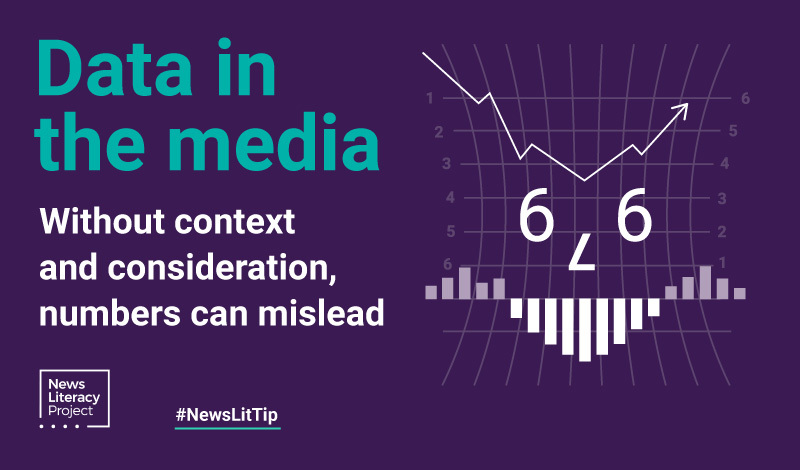
News Lit Tips
Beware the bots

“On the Internet, nobody knows you’re a dog,” one canine tells another in one of The New Yorker’s most famous cartoons. That was 1993. Today, the saying could be: “On the internet, nobody knows you’re a bot” — except for those exceptional users who are news-literate and savvy to the ways of bots. (But watch out. Bots can be sneaky.)
Not all bots are awful. They are programs that carry out automatic tasks: the worker bees of the internet, as a piece in The Atlantic put it. Some refresh your Facebook feed. When you visit an online merchant and a tiny figure pops up in the corner of your screen (hi there, chatbot!) asking how he or she … uh, it … can help, that’s a bot.
But beware of bots gone bad. In 2018, those gremlins made up some 20% of web traffic, according to a report by Distil Networks, a cybersecurity company. “Bad bots” are used to publish and spread misinformation. A 2018 study by researchers at the University of Southern California referred to the scourge as “social hacking,” as bots spread “negative content aimed at polarizing highly influential human users to exacerbate social conflict.”
Data for Democracy (“a worldwide community of passionate volunteers working together to promote trust and understanding in data and technology”) presents pointers for how to know what’s a bot, so you can avoid being socially hacked. Among traits to look out for are accounts that:
- Post at all hours of the day and night. “Continual round-the-clock activity is a sure-fire sign of somemeasure of automation.”
- Retweet a lot. “Accounts that are exclusively retweets (or pretty close) aren’t always bots, but if they exhibit some of the other traits here, there’s a good chance they are.”
- Use identical language as others. Coordinated content is the sign of a campaign to sow disinformation.
If it posts constantly like a bot, retweets like a bot and uses language like a bot … it probably is a bot. Don’t be caught by it, and don’t spread its messages to others!



